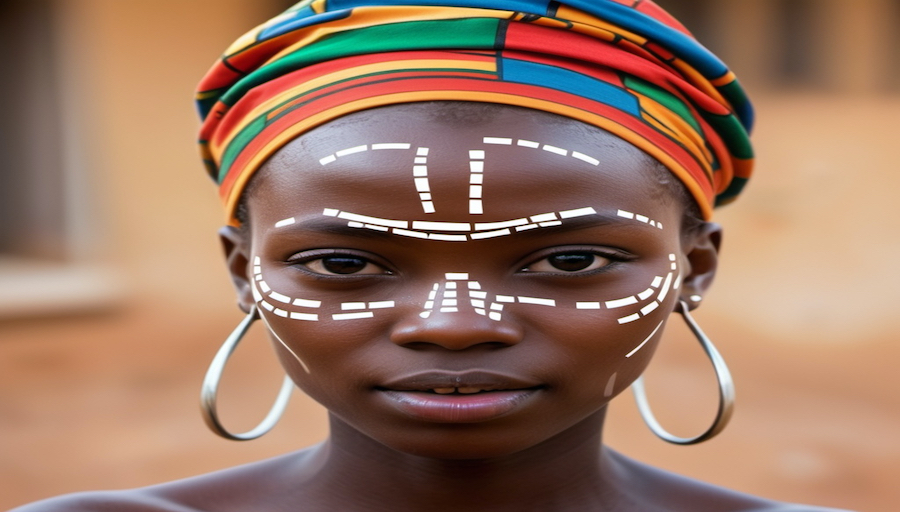Vision-Language Models (VLMs) have emerged as a groundbreaking technology with the potential to revolutionize numerous sectors across the globe. In Africa, a continent rich in diversity and culture, VLMs hold particular promise in addressing unique challenges and fostering development across various domains. Let’s explore the potential uses of VLMs in Africa and shed some light on how this innovative technology can drive progress and improve lives.
So what are VLMs? Vision-Language Models (VLMs) are a type of AI model that is designed to integrate visual and textual information to understand and generate content. By combining computer vision and natural language processing, VLMs can interpret images, generate descriptive content, and even engage in complex reasoning tasks. This capability opens up a wide range of applications. Think captioning photos, understanding memes, or even creating art from a few words. The possibilities are endless (especially when it comes to Africa)!
In Africa, we can look at sectors such as education, healthcare and agriculture as areas where VLMs can have an impact. For example, in regions where educational resources are limited, VLMs can play a crucial role in bridging educational gaps. By automatically generating educational content from visual materials, these models can provide students with access to quality learning resources in multiple languages. This is particularly beneficial in Africa, where linguistic diversity is vast, and many communities speak languages that are not widely covered by traditional educational materials. Additionally, we can also look at the instance where VLMs improve accessibility for individuals with disabilities. For instance, they can be used to develop applications that describe visual content to visually impaired users, making technology more inclusive and empowering for all.
Let’s now turn our attention to the cornerstone of many African economies; Agriculture! VLMs are definitely useful to significantly enhance agricultural productivity and sustainability. By using these models to analyze images of crops, we can identify diseases, pests, and nutrient deficiencies early on, providing farmers with timely insights and recommendations. This can lead to more efficient resource use, reduced crop losses, and increased yields, ultimately supporting food security and economic growth.
If we expand this insight some more, we can employ VLMs to monitor wildlife populations and habitats. This can be done by analyzing images and videos captured using technologies such as camera traps and drones. Conservationists can also focus on strategic planning and intervention by automating data processing. This will help enhance their ability to protect endangered species and manage natural resources sustainably. Africa has a wealth of biodiversity and these conservation efforts will greatly preserve its unique ecosystems.
Rounding this up by delving into the healthcare sector, VLMs can assist in diagnosing diseases by analyzing medical images and correlating them with patient data. Think of how particularly useful this will be in remote areas where access to medical expertise is limited (and sometimes non-existent). VLMs can also be utilized to help improve patient outcomes and support health systems across the continent. When provided with diagnostic tools leveraging VLMs, healthcare professionals can help significantly improve patient outcomes and support health systems across the continent.
The potential applications of Vision-Language Models in Africa are as vast and varied as the opportunities for growth and development. From empowering education and healthcare to revolutionizing agriculture and conservation. By harnessing the power of this cutting-edge technology, African nations can address pressing challenges in the region. As VLMs continue to advance, their integration into various sectors promises to drive innovation and improve the quality of life across the continent. The future of AI in Africa is bright, and Vision-Language Models are poised to play a pivotal role in shaping this exciting journey.

